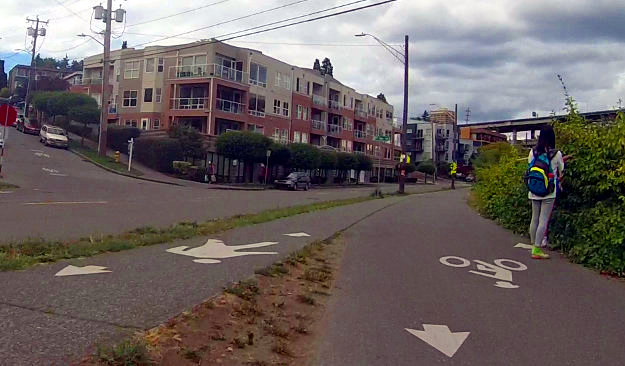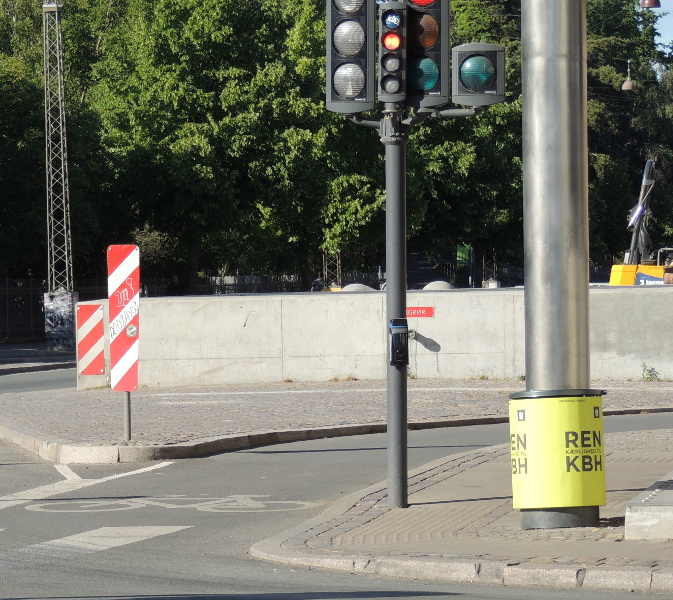Category Archives: Urban planning
Stationsplein: the largest bike parking in the world
Ciclointegración
Ciclointegración is the invented Spanish word for the integration of determined ways of transport. In a few words, it means that the weak and sustainable vehicles should be integrated into roads. By this I am referring to bicycles, skates, skateboards, scooters, etc. People who drive these should be treated as drivers since they drive vehicles and thus they should move on roads instead of sidewalks. Sidewalks should only belong to pedestrians.
Compare this idea with what is happening now. The vehicles I am talking about enjoy particular areas or lines sometimes stolen to walkers. So pedestrians feel city surface belonging to them is less and less. And do not forget, we all are pedestrian at first and then drivers. So pedestrian areas should be respected above all. Furthermore, potential crashes are avoided with ciclointegración for example between bicycles and people walking on sidewalks who are looking their mobiles or blind people.
Integration means do not create ghettos for green, cycle vehicles, better integrate them into roads. Moreover, thanks to this integration traffic is calmed as they move slower compared to cars and motorbikes. In turn, quality of life is increased, pollution is reduced and, in the long run, some intelligent people would probably stop driving cars because they would realize cars are not worth it.
If your traffic lights don’t look like this they are discriminating someone
Guess why nobody bikes in Greenlake



Paint only equals nothing.
Paint and flexi-posts equals nothing.
Paint and signals equals nothing.
I guess we need physically separated bikeways if we realistically want to see people biking in Greenlake.
Messy urban design
This is Seattle’s Burke-Gilman trail. Along it, bikes and pedestrians are told to share the trail, to walk on the right and the opposite, so everybody walks whichever way they feel like at any point. Can you imagine what would happen if Seattle treated cars the same way?.

Self-damaging bikeways
Do you want to have to pave bikeways over and over again because they are full of bumps and holes every other year?. Just make sure to install them very close to tall trees. Actually, even worse, just plant another row of trees on the other side too.

Thirds class citizens

If you have a recreational boat Seattle’s bridges will raise for you stopping all traffic no matter what.
If you have a car the barriers will go up for you first.
If you walk, bike or are in a wheel chair, Seattle will treat you like a third class citizen. Specially if you use the Ballard bridge.
Paint only equals nothing
Do you know what happens when a bike way is made out of paint? Cars park on it. And if you add flexi-posts? Cars run them over when they park on it and they are all gone in a couple of months. Just have a look at the red car parked in the middle of the bike way after running over some flexi-posts.

Don’t forget the intersections Seattle
Do you want to give bikers a daily headache?. Then simply discontinue the bike way when it reaches an intersection. Even worse, also put a traffic light in the middle of it.


